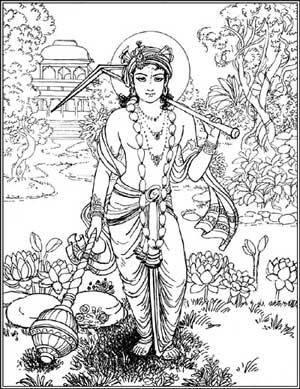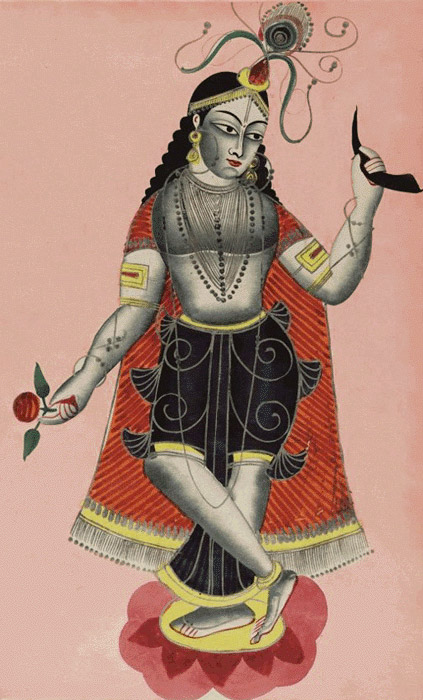

What is the problem with our perceptions of such multiplicity? When we perceive it as having 'centres' - Greece, Mathura, the Vedas, S'aivism, Europe, France - we undermine the creative varieties of 'frontiers'.

Ho.) The inquiry into multiplex ligatures on art forms and in early writing systems, starts with the observations of Michael W Meister, an art historian: "Much before medieval images of Durga as Mahishasuramardini, there were myths and images of a 'warrior goddess' in South Asia.Indeed, much of her multiplicity may have passed through that 'permeable membrane' separating multiple societies. In this analytical framework, it appears that the ligature of an elephant head/trunk to a human body denotes two Meluhha glosses: ib 'iron' mũh 'face' Rebus: mũhe 'ingot' meḍ ‘body ‘ (Munda) Rebus: meḍ ‘iron (cast)' (Munda. This cire perdue metal caster, dhokra kamar is also depicted on Indus script corpora. The drill-lathe is ligatured to a portable furnace on the bottom register of the composite hieroglyph of 'standard device' - both are parts of a lapidary-smith's artisanal tools, the very framework for their life-activities as they evolved in the transition from cypro-lithic phase to bronze-age alloys phase of technological advance, using cire perdue techniques of metal-casting (pace Nahal Mishmar of 5th millennium BCE). One of the hieroglyphs relates to rebus reading: sãgaṛh, 'fortification' (Meluhha). This veneration is also apparent in the Nahal Mishmar cire perdue bronze artifacts, many of which would have been carried in a procession, as was shown on a Mohenjo-daro tablet with the hieroglyphs of: lathe, one-horned young bull, scarf, (perhaps) spoked-wheel carried on standards (Inscribed Tablets m0490, m0491). This veneration is consistent with the Hindu tradition of veneration of ancestors as transmitters of knowledge systems. Considering that the semantics of kole.l (Kota language) connote a smithy as also a temple, the rebus renderings are both related to metalwork and also to a veneration of the homonymous hieroglyphic representations.

A remarkable ligatured form which continues into historical periods of Hindu civilization is that of Ganapati with an elephant head/trunk ligatured to a human body, consistent with the artistic styles of ligaturing multiple animal body parts and also human faces ligatured to animal bodies to convey vivid and meaningful rebus readings of hieroglyhs connoted by these ligaturing components.

Indus script corpora and many cognate Mesopotamian artifacts use ligatured forms to convey messages in the context of bronze-age artifices and trade. Ancient texts, starting from Rigveda present Ganapati in a form of worship or prayer.


 0 kommentar(er)
0 kommentar(er)
